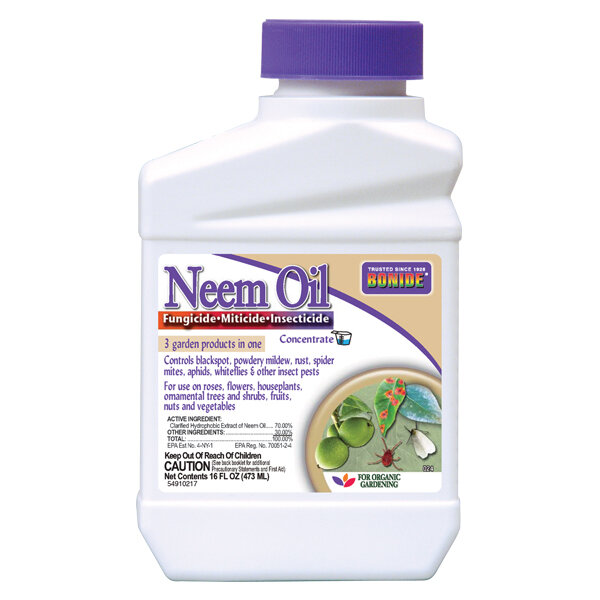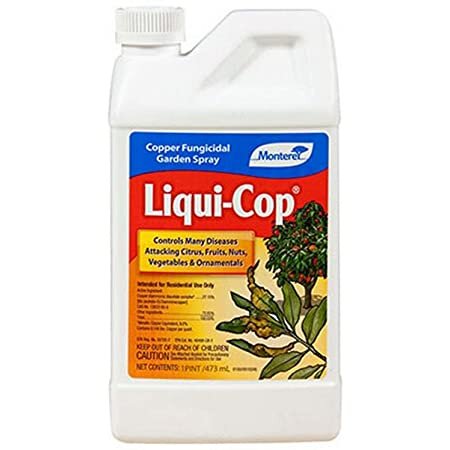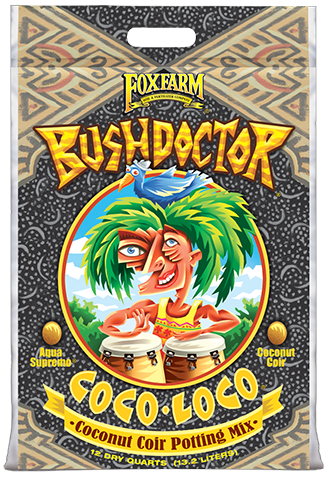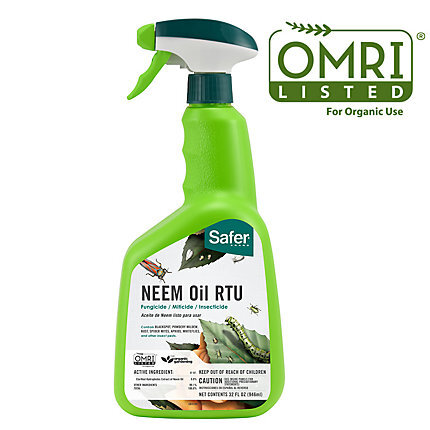Identify & Treat
common plant diseases
Powdery MIldew
will appear as splotchy, white mold, first, on the undersides of a plant’s leaves, stems, or flower buds and can then pop up on the tops of the plant’s leaves. It can come about during hot, dry climates. Good news: it will rarely spread to your other plants!
Here’s how to get rid of It:
1. cut any affected leaves off from the plant
2. proceed to water the plant at the base to avoid getting the leaves and stems wet
3. avoid fertilizing while you are treating for powdery mildew
4. treat the plant with one of the following:






Root Rot
could be the reason for your plants’ yellowing and wilting leaves! Root rot occurs when your plants have been sitting in moist or soggy soil for too long and formerly healthy roots will turn mushy, black, and quite literally rot inside their pot.
Here’s how to get rid of It:
1. remove the affected plant from its pot and gently shake out as much soil as possible from what is left of the root ball
2. hold the root ball under running water to remove the rest of any soil
3. cut off any black, mushy roots from those that are still healthy
4. replace old soil with one of these new, well-draining options:









Blackspot
is a disease, often seen on the leaves of roses, but can affect really any garden plant. Black spots that grow in size (followed by a yellowing ring around the spots) can occur when temperatures rise in Spring and plants stay wet for 6+ hours at a time.
Here’s how to get rid of It:
1. spray affected plants with one of the following:




Rust
can occur in hot, humid conditions. Pustules will form on the undersides of leaves and burst, forming red/orange splotches all over. Leaves can die off once infected.
Here’s how to get rid of It:
1. cut off any infected leaves
2. remove any piling of dead, especially infected leaves, from on top of the soil, underneath the plant to avoid spreading
3. spray with any of the following:





White Mold
is a fuzzy fungus that can appear on the top of soil and is not harmful to plants. It is most often caused by high humidity, low airflow, and consistent moisture. If you are an overwater-er and/or keep your plants pots without drainage holes, you may encounter white mold.
Here’s how to get rid of It:
1. scrape off any visible mold
2. allow soil to dry out by skipping watering or placing in front of a fan overnight
4. using pots without drainage holes? We can drill holes in almost any ceramic, clay or plastic pot (unless it is glazed on both the inside and outside)!








